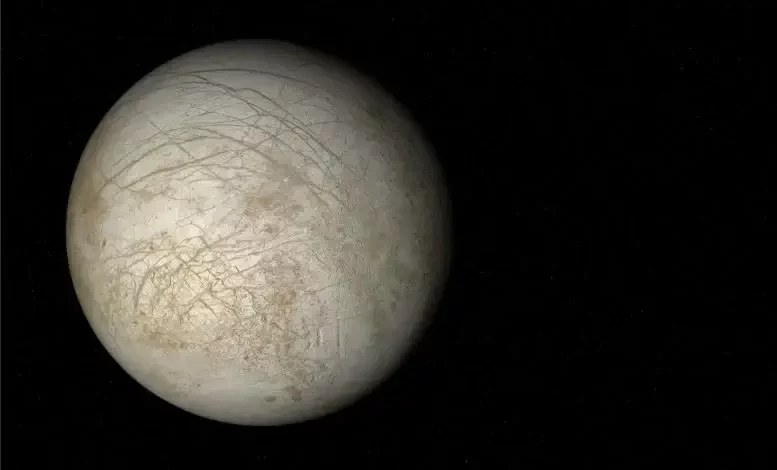
Jupiter’s icy moon Europa has long tantalized scientists with the possibility of harboring extraterrestrial life under its frozen crust. But a new study raises doubts about its habitability.
Data from NASA’s Juno probe reveals Europa produces oxygen at a much lower rate than estimated – around 12 kilograms per second, not over 1,000.
This is a blow because oxygen production was thought to stem from Europa’s ocean interacting with radiation from Jupiter. This could provide energy for microbial organisms to thrive deep below the icy surface.
However, the new findings suggest radiation levels are more anerobic than previously believed. As Europa orbits amid Jupiter’s intense particle currents, its icy shell is slowly stripped away molecule by molecule.
But at a far slower pace than expected. When Juno flew past last year, its instruments detected the tell-tale hydrogen and oxygen ions from this decomposition process.
While not ruling out life completely, the lowered oxygen production rate makes Europa a less auspicious candidate. Upcoming Europa Clipper may help uncover if habitable pockets still exist under the ocean.
For now, dreams of a thick ocean teeming with exotic life have taken a hit. But the frigid moon’s secrets remain locked beneath the ice.



